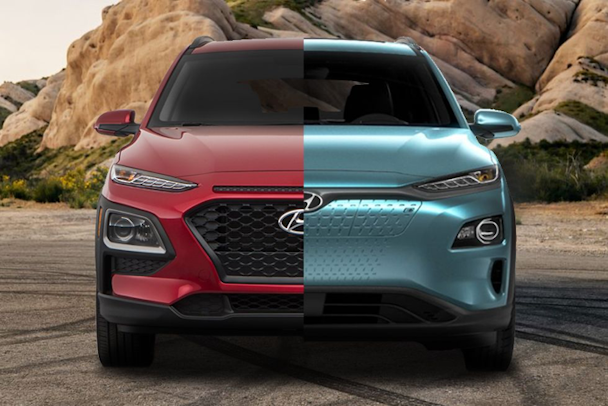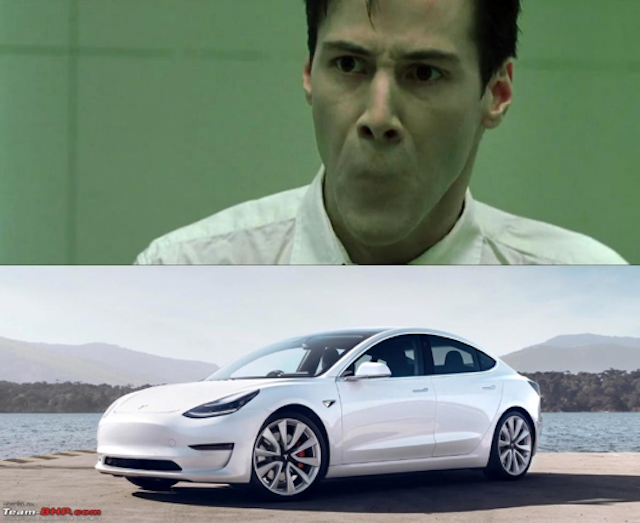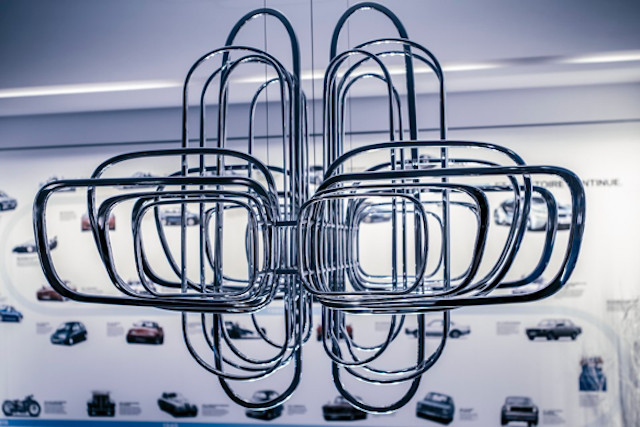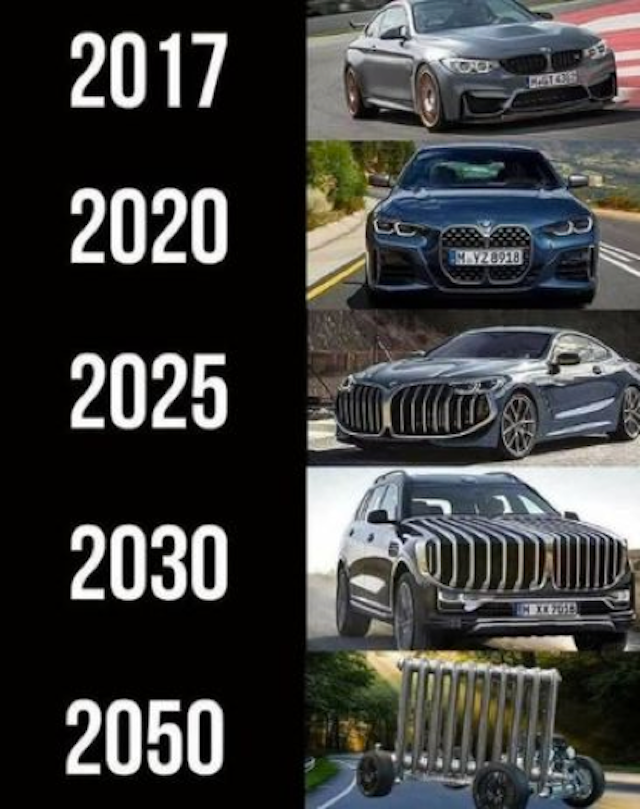What can electric car design tell us about the importance of brand cues?
Are car brands losing brand equity by forgetting their most iconic designs? Jellyfish's James Croft looks at how they can avoid losing face as cars move beyond the need for grilles.

Jellyfish considers the evolution of car design and predicts what’s next
I’m not a fan of recent electric car design – specifically the trend away from the traditional grille front to molded plastic forms. To me they look faceless, compromising distinctness and all-important brand cues.
While design is subjective – some may say we need to move with the times – the distinctive and striking profiles of cars are what build both brand identity (think of Alfa Romeo with its long-standing diamond grille profile) and emotional motivation to choose.

Don’t get me wrong; I fully support the innovation needed to develop more sustainable ways of engineering and powering cars – whether that be electric, the hydrogen fuel cells being explored by BMW, or some other clean, renewable power source. But does this have to be at the expense of making electric cars look overly futuristic and space age?
I get that for the early adopters it was an intentional marketing tactic to make a statement, like the BMW i3. There are engineering reasons too – but when has car design been just for practicality? Just look at the Bugatti Chiron and Aston Martin Valkyrie.
Advertisement
An identity crisis
With my brand strategist hat on, and having worked with a number of well-known car brands, I think car manufacturers should consider the strong brand identity their designs have built up over the last century or so. This legacy lends itself to distinct brand cues and creates mental availability in our minds that should not be overlooked.

Source: @BMWUSA: The evolution of the #BMWKidneyGrille at the #BMW brand store in Paris
Take BMW. Its ‘kidney grille’ has been a prominent design feature since 1933 and is an iconic part of the company’s brand identity (although the recent models are breaking from this legacy as the kidneys are seemingly morphing together – don’t lose your kidneys BMW!)
Advertisement
Design shouldn’t be for the sake of design
Don’t just take my word for it. Alejandro Mesonero-Romanos, design boss at Alfa Romeo, recently commented on the impact electrification will have on future car design: “Electrification changes the way the car moves, but the character, the style, the values will remain. Looking electric for the sake of it doesn’t make sense from my point of view.”
Explaining why there has been a trend of ‘designing for electric,’ Mesonero-Romanos says it’s an intentional marketing move: “We’re not going to say, ‘OK, it’s an electric car, let’s make it look different because it’s electric.’ This is the way it worked for companies like BMW, it was more marketing communication – they wanted to signify in the design of the car that it was electric, to show it was different to everything else out there, to be seen as a tech company.”
I wholeheartedly agree with Mesonero-Romanos. The character, style and values encapsulated in car design are powerful elements of a brand’s identity and powerful psychological cues to our decision-making.
Suggested newsletters for you
Emotion and brand cues in decision-making
If you aren’t convinced, according to Nielsen the power of emotion in decision-making is only second to financial motives when purchasing a car.
Many car brands have built up a legacy of distinct form and design that imprints in our minds. They shouldn’t forget that these are important brand cues that pull on our emotional and mental strings.
Audi is one car brand that seemingly acknowledges this point. Its design team has said it will not lose the distinctive grille as it appreciates this visual language as an important brand cue, and could increasingly differentiate the brand while most veer toward ‘faceless’ cars.
Mental (un)availability
As Byron Sharp has said: “Mental availability encompasses the shortcuts that help consumers to choose brands, in that it refers to the probability that a buyer will notice, recognize and/or think of a brand in buying situations.”
The point here is that electric cars are becoming unrecognizable from their brand identity. Where previously iconic and unique car designs have been distinct brand assets, we’re losing some of this brand character.
A new consumer status symbol?
When I shared this thinking with colleagues, the view that we could be seeing a new consumer status symbol made me think. Much like how a smartwatch has become a status symbol to show you care about your health, or a reusable water bottle for your plastic-free lifestyle, will the future of electric cars’ faceless grilles signal your environmental credentials?
Or we go the other way. It would be memorable at least...

Content by The Drum Network member:

Jellyfish
Jellyfish is a marketing performance company for the platform world, where success demands a creative, multi-platform mindset. We help brands thrive, by navigating,...
Find out more
